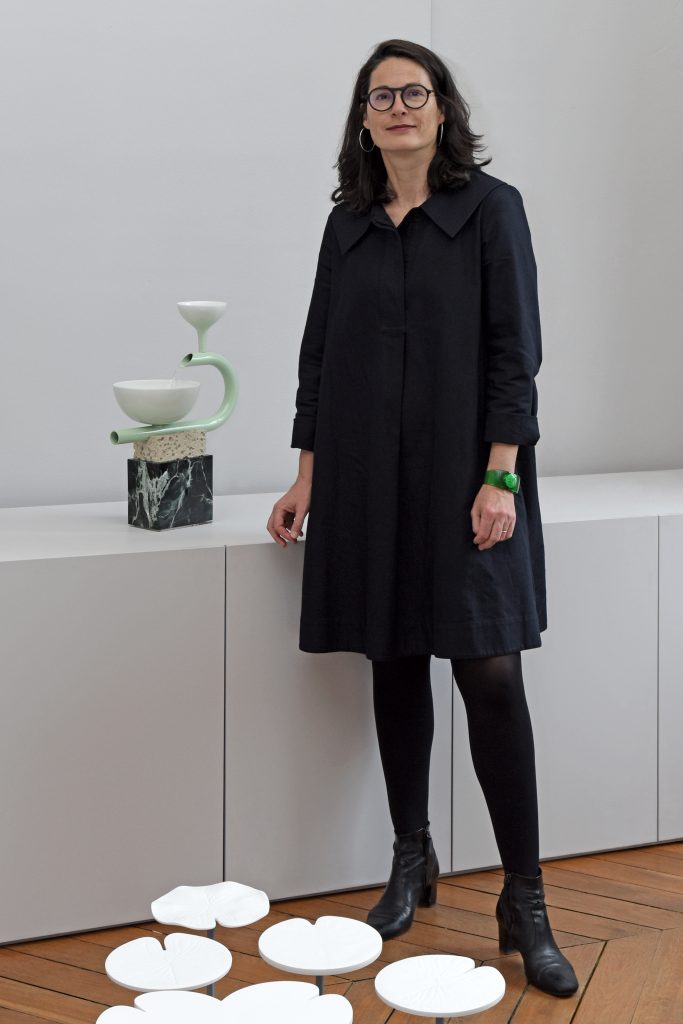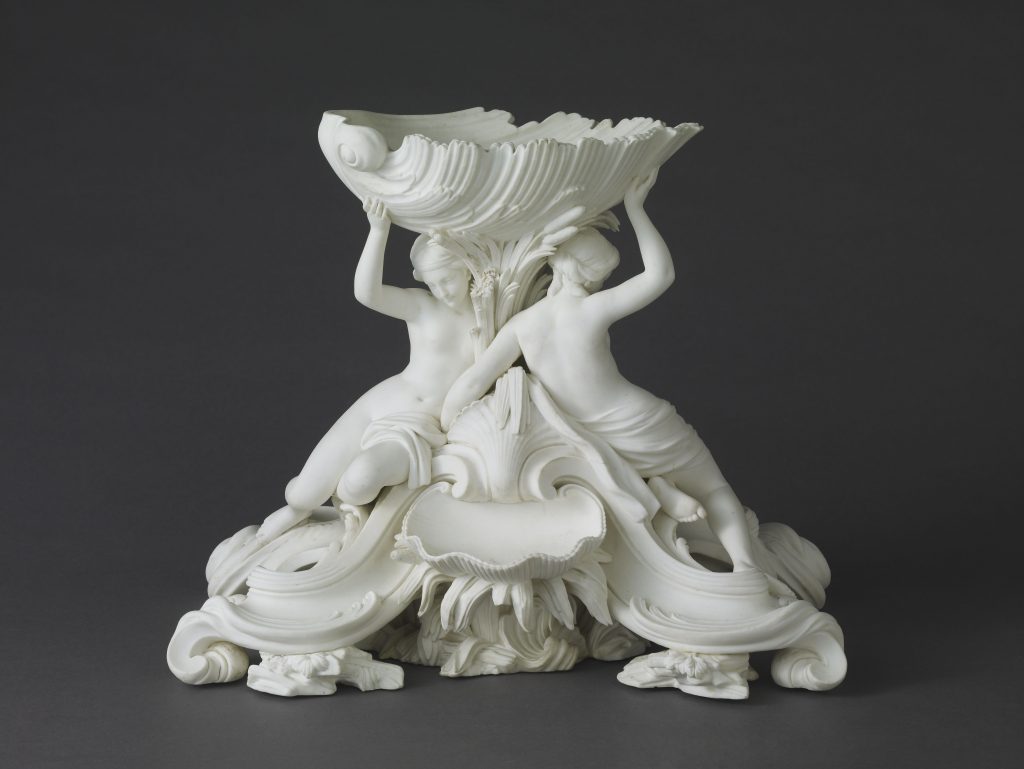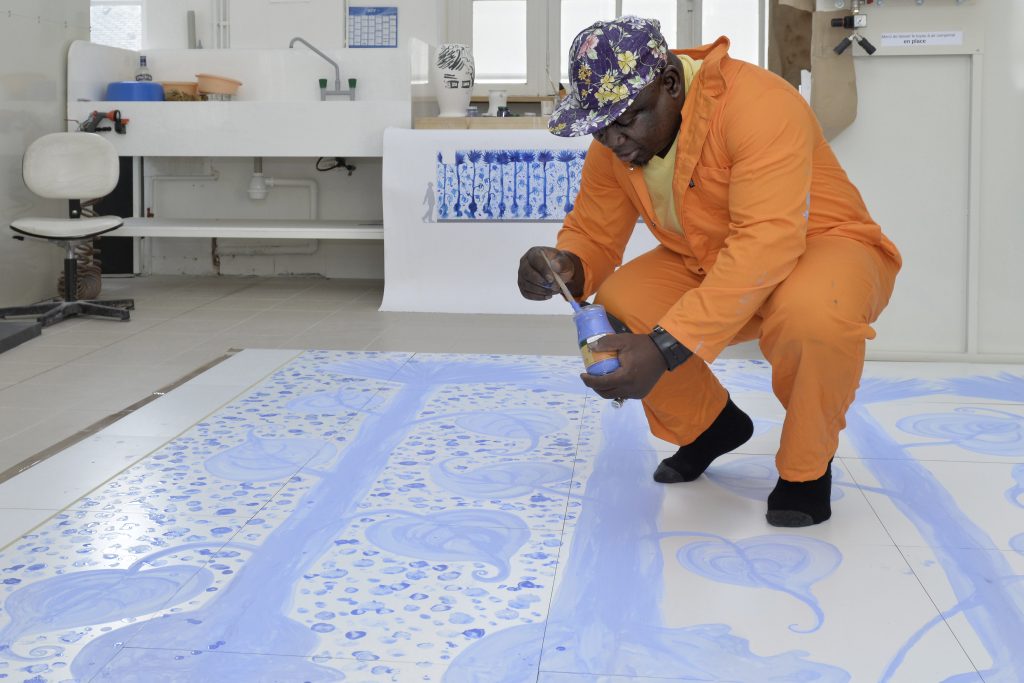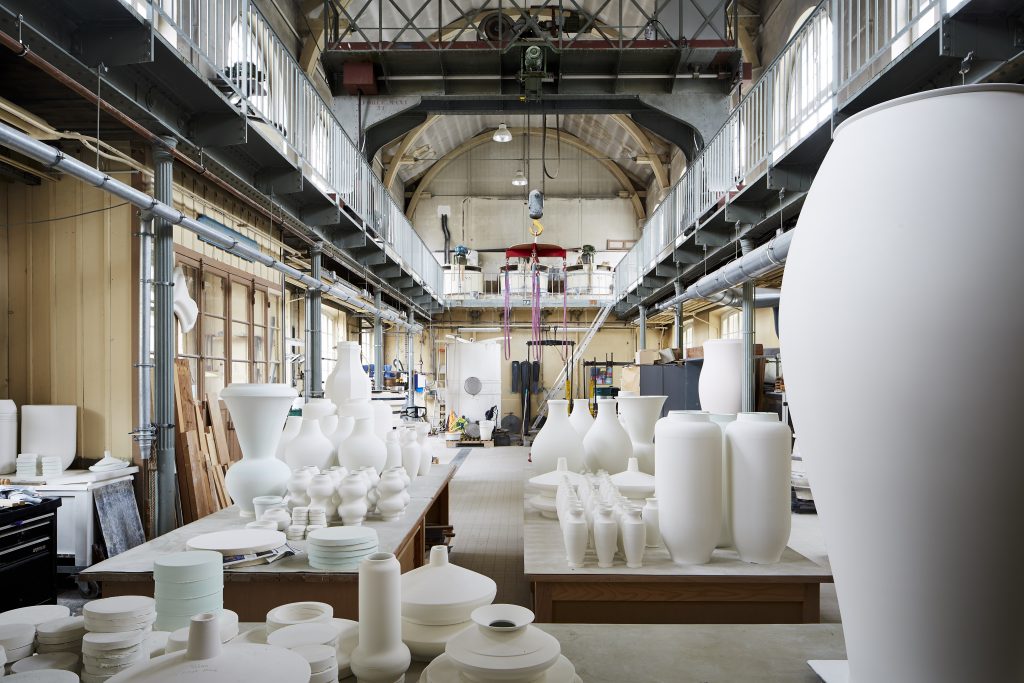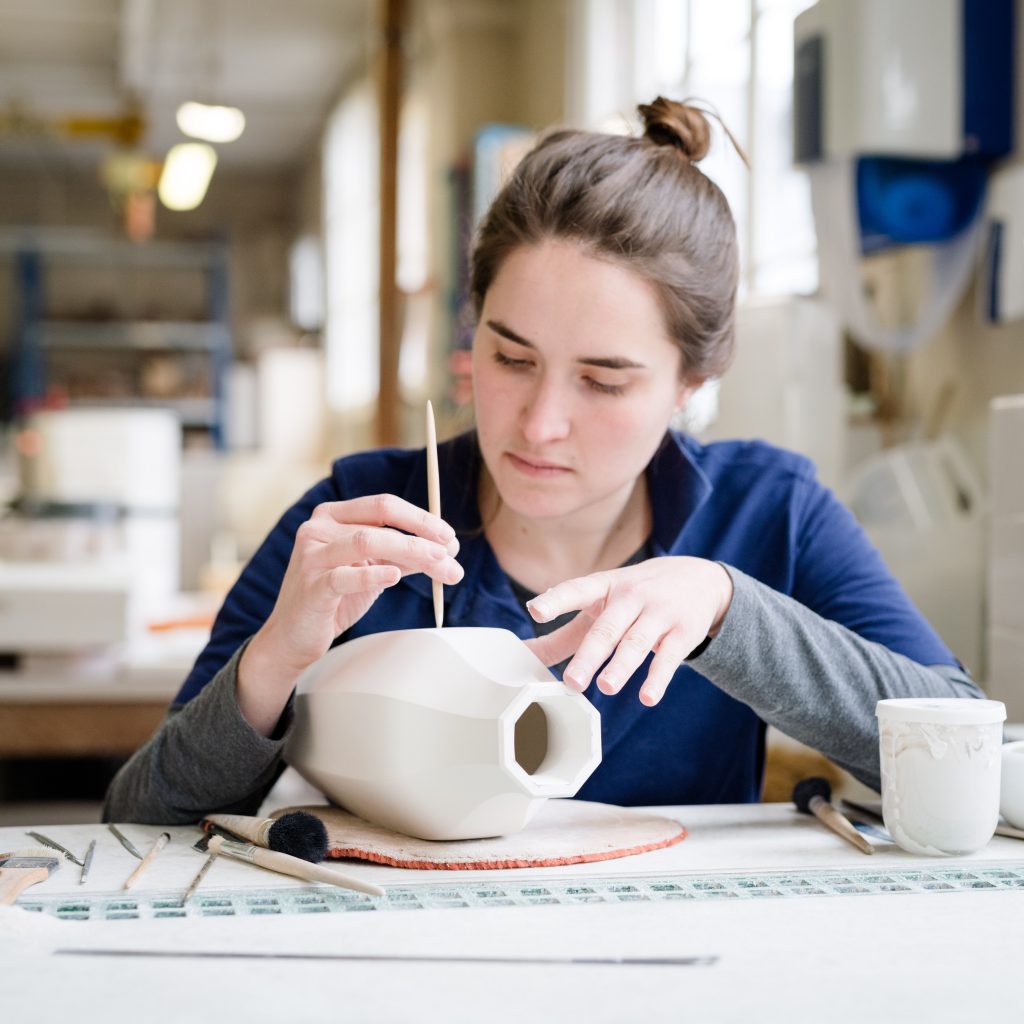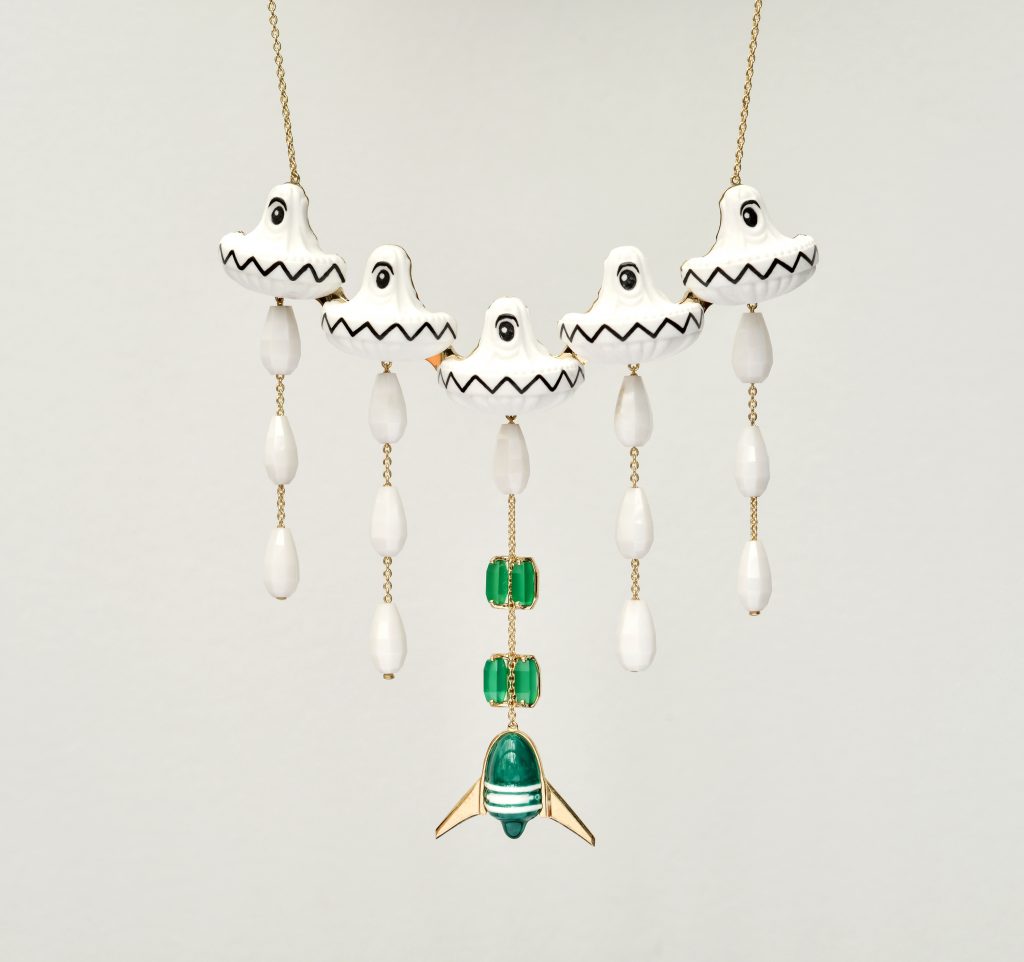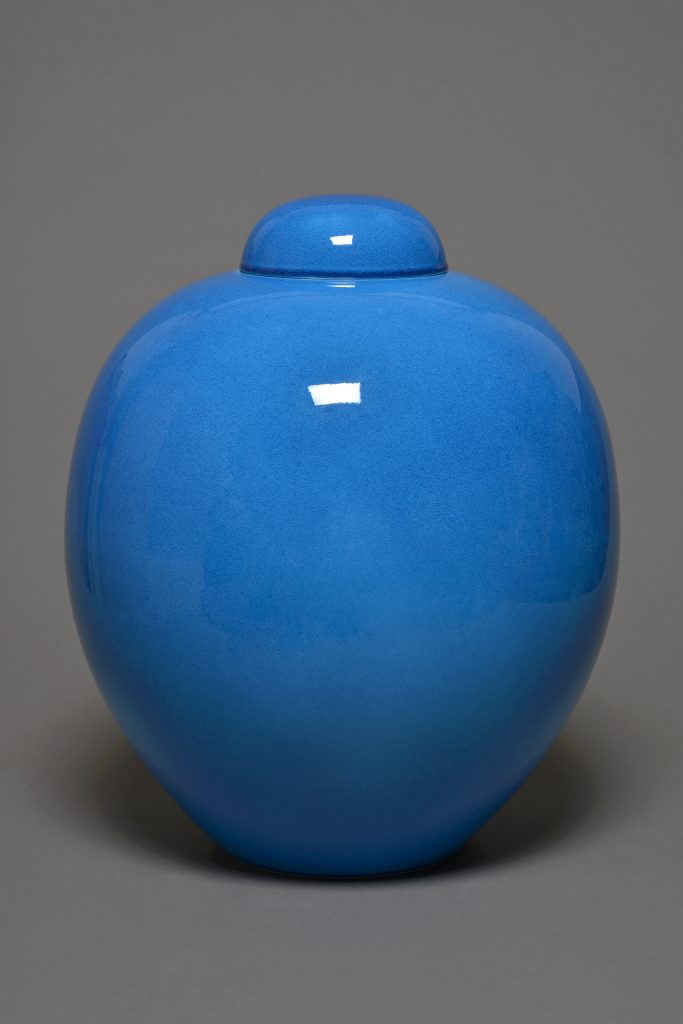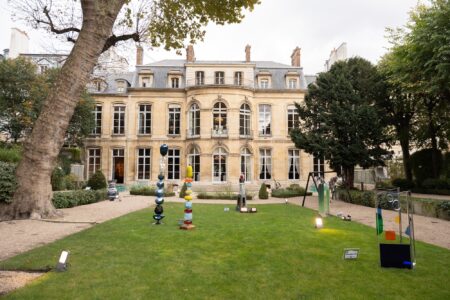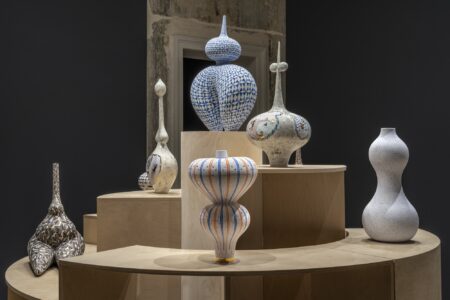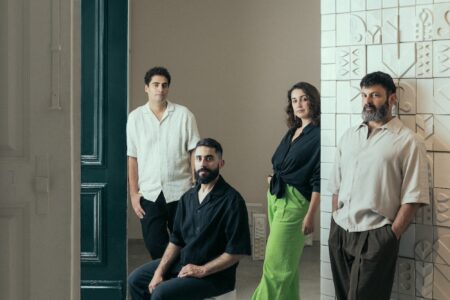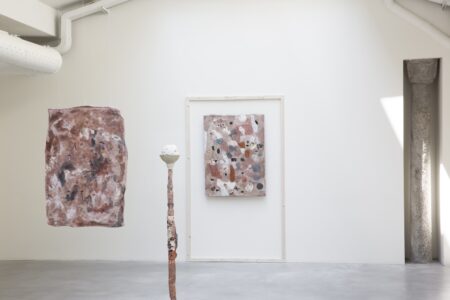Sèvres – Cité de la Céramique: Perpetuating the Art of Porcelain
Romane Sarfati, CEO of Sèvres – Cité de la Céramique, sits down with TLmag to share her vision for the centuries-old cultural institution and the future of porcelain.
For the past five years, Romane Sarfati has been busy developing the Sèvres Manufacture and Museum on the outskirts of Paris, which combines the missions of porcelain creation and production with conservation and heritage enrichment. It’s a place where master craftsmen have been working hand in hand with visiting artists, designers and architects since its founding in 1740 until present day. Extending its influence worldwide, she aims to make this atypical public establishment in the French cultural landscape both a major international brand for creation and the main European research centre in the arts of fire.
TLmag: Describe the Sèvres Manufacture design style and approach.
Romane Sarfati (RS): It’s very interesting because Sèvres has been working with contemporary artists since the beginning, so it is very much of its time. From the 18th to the 21st centuries, Sèvres has been a major actor of the artistic and decorative art scenes, so it means that there are many styles in Sèvres, but if we try to find some specific aspects, I would say it’s related to some of the materials and colours. Sèvres is very well known for its biscuit, wonderful white porcelain without enamel, the Bleu de Sèvres, this cobalt blue, and also for its gold. In the 18th century, Sèvres was the only porcelain manufacture in France allowed to use gold, as it was a royal manufacture. Also, the main characteristics of Sèvres can be seen as contradictory. On one hand, Sèvres is very extravagant, especially in the 18th century, because you had colours and shapes that nobody tried at the time, like the Vaisseau à Mât, which is a beautiful, extraordinary piece that was commissioned by Madame de Pompadour with different colours and the use of gold. On the other hand, Sèvres can be seen as very elegant with maybe more recent pieces that we made with contemporary designers like Michele de Lucchi or Ettore Sottsass, which are more minimal and well-balanced.
TLmag: What are some of the preconceived notions surrounding porcelain that you’re trying to dispel?
RS: A lot of people think that porcelain is ancient and old-fashioned because they know it as older tableware. The first idea is to show that ceramic is used in different world cultures, from prehistoric times to now. Even if everybody knows about Greek vases, Chinese porcelain and pieces from Latin America, a lot of people don’t realise how important it is to show that ceramic is a universal material. This is what we show in our museum. The second point is that ceramic is not only used for tableware, vases or decorative art, but also to make any kind of art piece such as sculpture and furniture. That’s why we have a very large vision when we select our artists and designers; we don’t have one orientation. Our idea is to show the diversity of the artistic potential, which is very important for us as a public institution.
TLmag: Which artist, designer or architect collaborations stand out from throughout Sèvres Manufacture’s history?
RS: From the 18th century, you have François Boucher, a very famous French painter. In the 19th century, you have Auguste Rodin. During the 20th century, we had a lot of artists, such as Jean Arp, Arman, Alexander Calder. The list of sculptors, painters and designers is very long, and from the end of the 20th century until now, we have had about 10 to 20 invitations a year, which is a very dynamic artistic invitation policy. We select international and French artists and designers. We have had very well-known artists such as Louise Bourgeois, Pierre Soulages, Lee Ufan and Giuseppe Penone, and also very famous designers such as Ettore Sottsass and Matali Crasset. Some of the designers and artists we have recently worked with include Zoe Paul on a porcelain curtain, Julio Le Parc on a sculpture and mobile, Arthur Hoffner on a fountain and Nicolas Buffe on a fine jewellery collection. We create and produce pieces from jewellery to architecture, which means that porcelain is a wonderful material to create a very large selection of pieces. The idea is to show that Sèvres is very young, can take risks and can make different kinds of pieces.
TLmag: Tell me about your collectors and the audiences you’re trying to reach.
RS: Most of them are about 40 to 50 years old, and the idea is to touch more and more young people. This is what we do when we invite young designers – the collectors are younger because they are more sensitive to this vision. At Sèvres, the pieces are all handmade, so it costs quite a lot of money. The idea is for them to get to know Sèvres through smaller, less expensive pieces, and more recently, to show them pieces that we have installed in the public space. We sell to collectors, but we also work with public institutions, transport companies, ministries or city halls to produce and install monumental pieces that can be seen by everybody. A few years ago, we had a commission from the RATP public transport of Paris, where we produced a big porcelain painting by Barthélémy Toguo that was installed at the Chateau Rouge metro station in a very popular area of Paris. So you can visit our workshops and museum, and you have historical and contemporary Sèvres pieces in museums all over the world, but also in public spaces.
TLmag: How do you envision the future of porcelain-making?
RS: It’s a very interesting period because there are more and more young people interested in crafts in general, especially ceramic and porcelain. I just welcomed 10 new students. It’s wonderful to see how enthusiastic they are about learning with our craftsmen. A few years ago, we didn’t have this kind of commitment and as many young people interested in joining us. Our students come from different schools. Some have a ceramics degree, but most of them come from art history, architecture and design, from artistic fields in general, bringing different points of view. Some have very advanced degrees and are intellectuals who have been trained to acquire knowledge, but they are interested in working with their hands and with our exceptional artisans. This is a new trend, especially in France. It’s the same for the artists and designers. They are increasingly interested in ceramics and more and more know about the potential of this material, so it’s very dynamic now.
